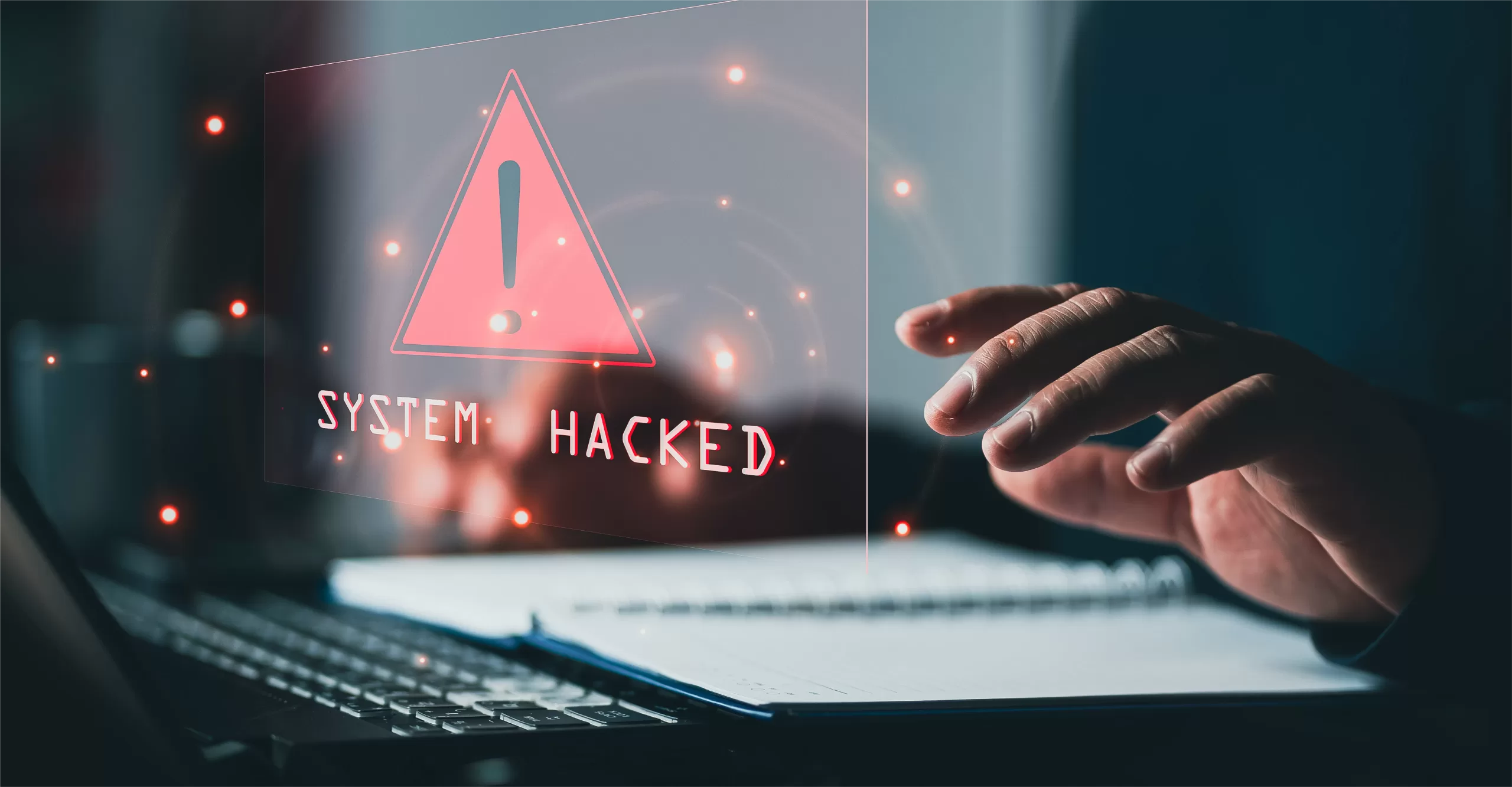In today’s hyper-connected world, cyber threats are evolving rapidly, and smishing has emerged as a significant risk. Smishing, a blend of “SMS” and “phishing,” is a type of cyber attack where fraudsters use deceptive text messages to trick individuals into sharing personal or financial information.
Today we will explore what smishing entails, common tactics used by cybercriminals, and practical steps to prevent falling victim to such schemes. The best way to protect your business is to have a strong network security plan in place from your trusted IT services provider in Winchester VA.
Understanding Smishing
Smishing leverages text messaging as its primary vector for delivering phishing attempts. While phishing emails are more widely known, smishing targets the increasing reliance on mobile phones. These attacks often masquerade as legitimate messages from trusted entities such as banks, delivery services, or even governmental organizations. The aim is to exploit the recipient’s trust or urgency to steal sensitive information or install malware.
How Smishing Works:
- The Message: Cybercriminals send an SMS containing a compelling message, such as an overdue payment, suspicious account activity, or a delivery notification.
- The Hook: These messages typically include a link or a phone number that urges immediate action.
- The Trap: Clicking on the link may lead to a fake website mimicking a trusted entity, prompting users to enter personal details. Alternatively, it may download malicious software onto the victim’s device.
Examples of Smishing Attacks
- Bank Alerts: Messages claiming unauthorized transactions or locked accounts, asking recipients to verify details through a link.
- Delivery Scams: Notifications about missed package deliveries that require “verification” of address or payment details.
- Fake Promotions: Offers for prizes, discounts, or refunds that redirect to malicious websites.
- Government Impersonations: Messages alleging unpaid taxes or court summons, with instructions to resolve the issue via a provided link.
Why Smishing is Dangerous
Smishing is particularly effective because:
- Trust in SMS: Text messages often feel more personal and credible than emails, reducing suspicion.
- Mobile Vulnerability: Mobile devices lack the sophisticated security measures available on computers, making it easier to exploit victims.
- Wide Reach: With billions of mobile phone users globally, the pool of targets is vast.
How to Prevent Smishing
- Be Skeptical of Unexpected Messages
- Avoid clicking on links or responding to messages from unknown senders.
- Verify the sender’s identity through official channels if the message appears to be from a trusted source.
- Look for Red Flags
- Generic greetings instead of personalized ones.
- Poor grammar or spelling errors, which are common in phishing attempts.
- Unusual urgency or pressure to act immediately.
- Secure Your Device
- Keep your mobile operating system and apps updated to close security loopholes.
- Install trusted security software designed to detect malicious links and apps.
- Avoid Sharing Sensitive Information
- Never provide personal details like passwords, Social Security numbers, or credit card information via text.
- Use secure and official websites to handle sensitive transactions.
- Enable Two-Factor Authentication (2FA)
- Add an extra layer of security to your accounts by enabling 2FA, which makes it harder for attackers to gain access even if they obtain your credentials.
- Report Smishing Attempts
- Forward suspected smishing messages to your carrier’s spam reporting service (e.g., 7726 for major US carriers).
- Notify the impersonated organization so they can alert others.
- Use URL Verification Tools
- Before clicking on any link, use tools like URL scanners or type the organization’s official website directly into your browser.
What to Do If You’re a Victim of Smishing
- Act Quickly
- If you’ve provided sensitive information, immediately contact the associated institution (e.g., your bank) to secure your accounts.
- Change any compromised passwords and monitor your accounts for unusual activity.
- Report the Incident
- File a report with the Federal Trade Commission (FTC) or a similar regulatory authority in your country.
- Notify your mobile carrier about the smishing attack.
- Educate Others
- Share your experience to raise awareness and prevent others from falling victim.
The Role of Organizations in Combating Smishing
Businesses and institutions play a critical role in mitigating smishing risks by:
- Implementing Secure Messaging Protocols: Ensuring their official messages are easily distinguishable from fraudulent ones.
- Educating Consumers: Offering clear guidance on how to recognize legitimate communication.
- Monitoring for Impersonation: Actively searching for and reporting fraudulent activities targeting their brand.
In conclusion, smishing is a growing cyber threat that exploits our trust in text messaging. By staying vigilant and adopting the preventive measures outlined above, you can greatly reduce your risk of falling victim to these scams. Awareness and proactive security practices are the best defense against the evolving tactics of cybercriminals.
Request a Quote From Cardinal Technology Solutions
To protect your business against smishing and other cyber threats, contact us for your free quote and consultation on network security in Leesburg today.





